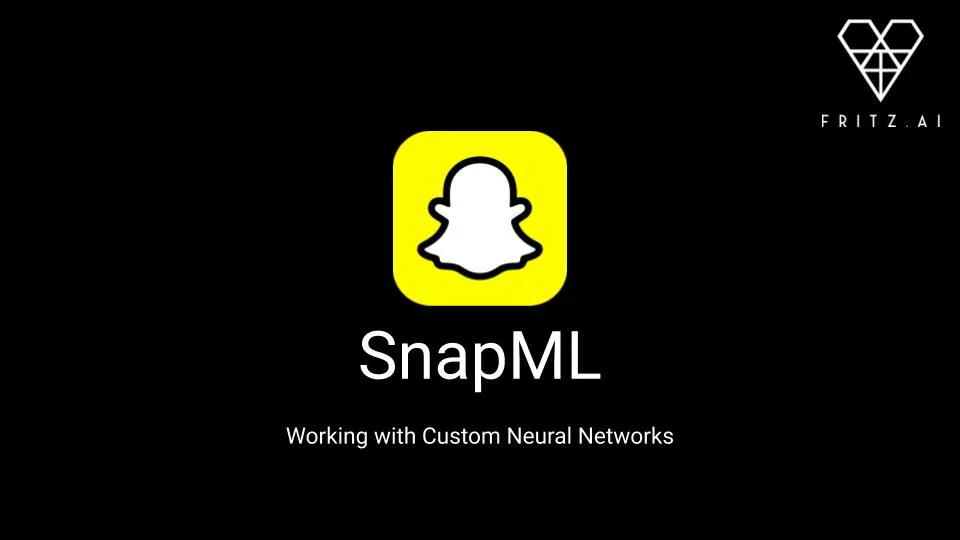To use ChatGPT for free. Just open ChatGPT on your browser or download its app on your mobile phone. Just enter your question or requirement in the prompt box and click on the Send button. You’ll get your answer in just a second.
Continue reading “How to Use ChatGPT for Free (With Examples)”








